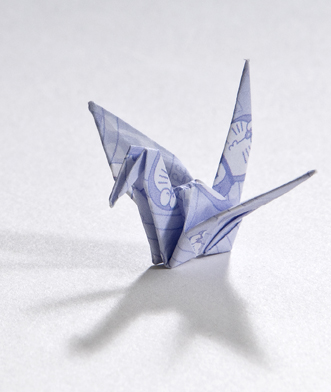The optimal treatment of craniopharyngiomas remains controversial and the approach taken depends on tumor characteristics.
Usually therapy involves a combination of surgical resection, cyst aspiration, radiation therapy (usually stereotactic radiotherapy or proton therapy), intracavitary irradiation and chemotherapy (given directly into the tumor cysts).
In most centers the standard of care is either:
- Surgery alone if the tumor can be completely resected without unacceptable morbidity
- A combination of surgery to debulk the cystic component principally followed by radical radiation therapy (RT).
To delay surgery and RT, intracystic bleomycin can be used.
Chemotherapy
Systemic chemotherapy is not used for craniopharyngiomas.
However there is often a role for initial intra-cystic bleomycin16.
A catheter can be placed into the cystic component of the tumor, the contents aspirated and then intra-cystic bleomycin is given.
It is important to check that there is no "leakage" of cyst contents prior to bleomycin installation into the ventricles.
Leakage of bleomycin into the ventricles can be associated with a severe and life threatening arachnoiditis.
Intracystic bleomycin can lead to prolonged reduction in cyst size and in young children can be used to control disease (cyst expansion only) until they are older – when either a combination of radiotherapy and surgery or radiotherapy alone can be used. The solid component of the tumor is not treated with this technique. There is no direct injury to the hypothalamus and pituitary gland4 using this technique.
Radioisotopes like Yttrium90 can also be instilled into craniopharyngioma cysts with the same results as bleomycin.

